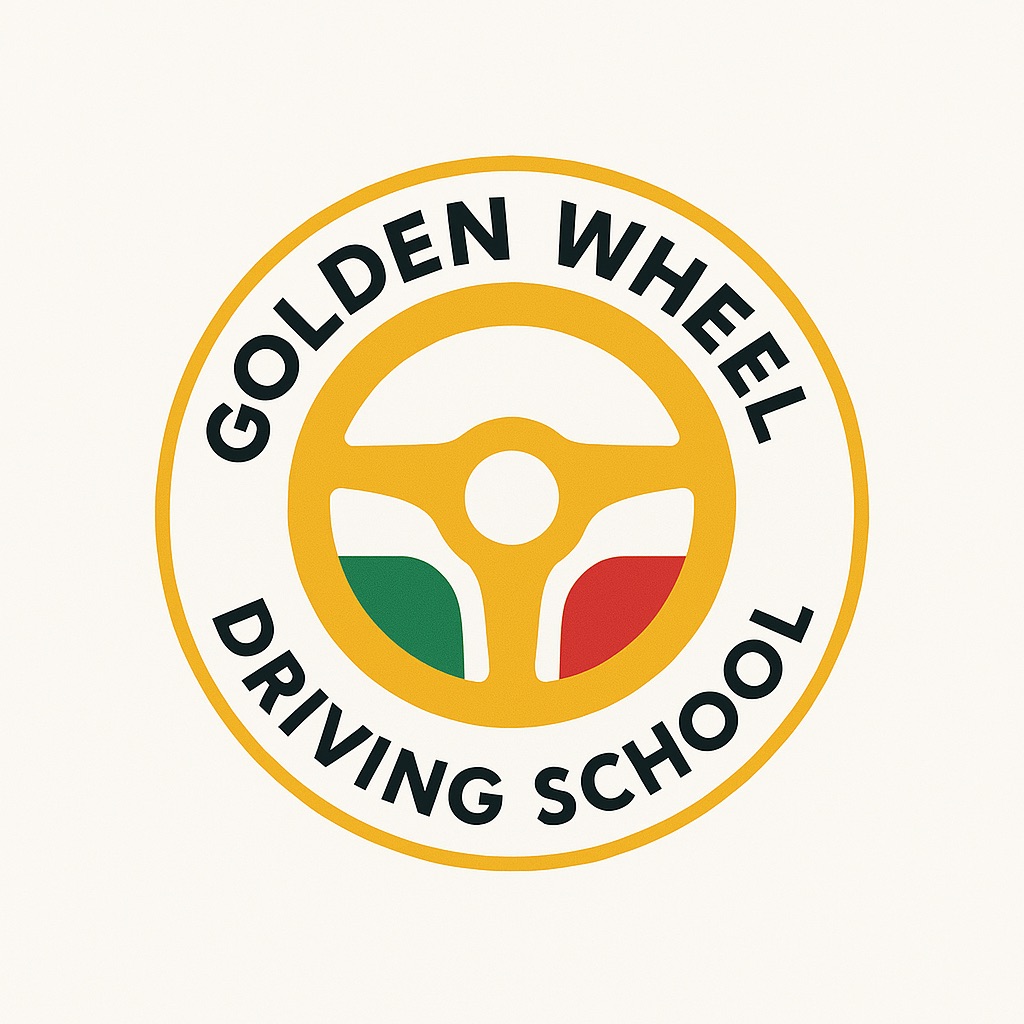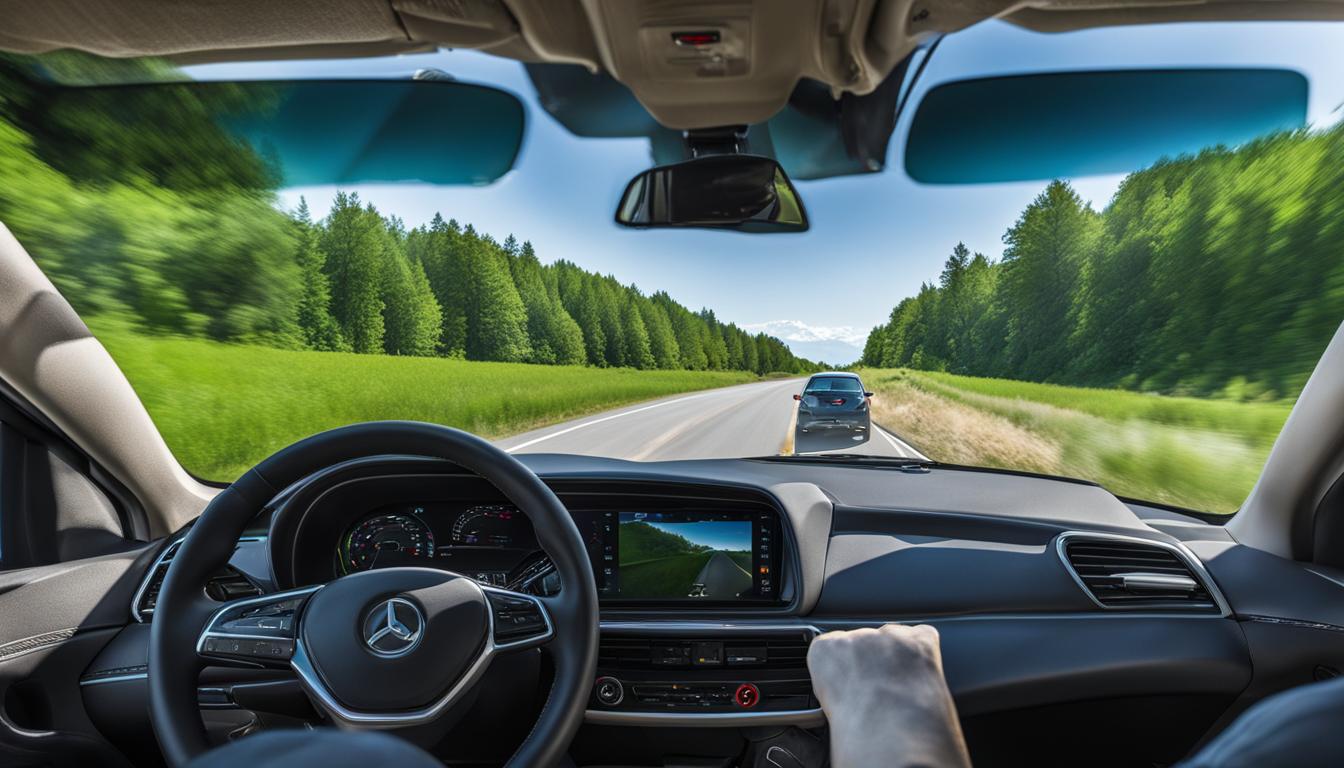Are you ready to take the wheel and hit the open road? Learning to drive can be an exciting and empowering experience, but it can also be overwhelming for beginners. That’s why in this section, we’ll explore fast and easy ways to learn to drive, whether you’re a beginner or looking to refresh your skills. From finding the right driving lessons to understanding the importance of driver’s education, we’ve got you covered.
Driving lessons are a great way to learn to drive in a safe and controlled environment. Professional driving instructors can provide personalized instruction and constructive feedback to help you improve your driving skills quickly and efficiently. They’ll also help you gain the confidence you need to navigate the roads safely.
Driver’s education is another essential aspect of learning to drive. Many states require new drivers to complete a driver’s education program before receiving their driver’s license. These programs cover critical topics such as road rules and regulations, defensive driving techniques, and safe driving habits.
With the right approach and mindset, learning to drive can be an enjoyable and rewarding experience. Let’s explore the key takeaways from this section to get you started on your journey to becoming a confident driver.
Key Takeaways:
- Driving lessons can help you learn to drive in a safe and controlled environment.
- Driver’s education programs cover critical topics such as road rules, defensive driving, and safe driving habits.
- Learning to drive can be an enjoyable and rewarding experience.
Choosing the Right Driving School
As I previously mentioned, finding the right driving school and instructor is crucial for effective driver’s education. When searching for a driving school, consider the following:
- Accreditations: Look for accreditations from recognized associations or institutions. This ensures that the driving school meets certain standards for quality and safety.
- Reviews: Read reviews from previous students to get a sense of their experiences with the driving school. Look for feedback on the instructors, teaching methods, and overall satisfaction.
- Location: Choose a driving school that is conveniently located for you. This can make attending lessons easier and more accessible.
- Cost: While cost shouldn’t be the only factor in your decision, it’s important to consider your budget when choosing a driving school.
Once you’ve narrowed down your options, it’s time to consider the instructor. A good driving instructor should:
- Be qualified and licensed: Check that your instructor is licensed to teach driving in your state. They should also have the appropriate training and qualifications.
- Be patient and supportive: Learning to drive can be stressful, so having an instructor who is patient and supportive can make a big difference in your experience.
- Provide individualized instruction: Everyone learns differently, so your instructor should provide personalized instruction that fits your learning style and needs.
- Have good communication skills: Clear and effective communication is crucial for a successful learning experience. Make sure your instructor communicates well and is easy to understand.
Choosing the right driving school and instructor may take some research, but it’s worth the effort to ensure you’re getting the best driver’s education possible.
Mastering the Basics: How to Drive
Learning how to drive can be both exciting and nerve-wracking for beginner drivers. But don’t worry – with the right approach and a bit of practice, you’ll gain the confidence you need to navigate the roads safely and smoothly. In this section, I’ll guide you through the basics of driving and share some essential driving techniques to help you get started.
First and foremost, before getting behind the wheel, it’s crucial to understand the controls of a vehicle. Take the time to familiarize yourself with the pedals, gearshift, steering wheel, and other essential components of your car. This will help you feel more comfortable and in control while driving.
Once you’re familiar with the basic controls, it’s time to hit the road. Remember to always keep your hands on the steering wheel at the ten-and-two o’clock positions and your eyes on the road. Avoid distractions such as using your phone or eating while driving.
Tip: If you find yourself feeling nervous or overwhelmed while driving, take a deep breath and remind yourself to stay calm. Remember, practice makes perfect!
Next, let’s dive into some essential driving techniques. When driving, it’s important to maintain a safe speed and keep a proper following distance from other vehicles. This will give you enough time to react to unexpected situations and avoid accidents.
Another crucial technique for beginner drivers is learning how to properly use turn signals when changing lanes or making turns. Always signal well in advance and check your surroundings before making a move.
As you gain more experience, you’ll also need to learn about more advanced driving techniques, such as parallel parking and navigating roundabouts. But for now, focus on mastering these basic driving techniques and becoming a confident driver on the road.
The Importance of Defensive Driving
Defensive driving is a vital skill that can prevent accidents and keep you and your passengers safe on the road. Being aware of your surroundings and anticipating potential hazards is essential for any driver. Here are some tips for improving your defensive driving skills:
- Stay focused: Avoid distractions such as texting, eating, or anything else that takes your attention away from the road.
- Maintain a safe distance: Keep a safe following distance between you and the car in front of you. This will give you enough time to react if the car in front of you suddenly brakes or swerves.
- Observe and react: Scan the road ahead and be alert for potential hazards, such as pedestrians, bicyclists, or other cars. Be prepared to react quickly if necessary.
- Use your mirrors: Check your mirrors regularly to be aware of your surroundings and potential hazards.
By incorporating these defensive driving techniques into your driving routine, you’ll significantly reduce the risk of accidents and keep yourself and others safe on the road.
If you’re interested in learning more about defensive driving, many driving schools offer courses specifically focused on this essential skill. These courses can help you gain the confidence and knowledge to anticipate and react to potential hazards, making you a safer and more responsible driver.

Understanding Road Rules and Regulations
It’s crucial for all drivers to have a solid understanding of road rules and regulations. When you’re out on the road, following these rules not only help you avoid fines and penalties but also ensure the safety of yourself and others. Let’s take a closer look at some of the most important road rules you need to know:
| Rule | Description |
|---|---|
| Speed limits | Speed limits are set to ensure the safety of everyone on the road. It’s important to follow the posted speed limit signs at all times. |
| Traffic signs | Traffic signs communicate important information to drivers, such as stop signs, yield signs, and one-way street signs. Make sure to always be aware of and obey these signs. |
| Right-of-way rules | Right-of-way rules determine who has the right to proceed in certain situations, such as at four-way stops. Knowing these rules can help prevent accidents and keep traffic flowing smoothly. |
It’s also important to note that road rules can vary from state to state. Make sure to familiarize yourself with the specific rules of your state to ensure you’re driving legally and safely.
Remember, ignoring road rules and regulations can lead to serious consequences. Stay informed and stay safe on the road!

Practicing Safe Driving Habits
As a beginner driver, it’s important to establish safe driving habits to ensure your safety and the safety of others on the road. Even experienced drivers need to maintain good driving techniques. Here are some essential driving techniques you should practice:
- Maintaining a safe following distance: Keep a minimum of two seconds of following distance between you and the car in front of you. Increase your following distance in bad weather conditions or when driving on slippery roads.
- Using turn signals: Always signal your intentions when turning, changing lanes, or merging into traffic. This helps other drivers anticipate your moves and avoid a collision.
- Avoiding distractions: Keep your focus on driving and avoid distractions such as texting, eating, or adjusting your music. These activities can take your eyes off the road and increase your risk of an accident.
By incorporating these safe driving habits into your routine, you will significantly reduce the risk of accidents and create a safer driving environment for everyone. Remember, it is important to stay focused and alert while driving, even if you are a seasoned driver.
Why is it Important to Practice Safe Driving Habits?
Practicing safe driving habits such as maintaining a safe following distance, using turn signals, and avoiding distractions can prevent accidents and potentially save lives. By following these techniques, you will help create a safer driving environment for yourself and others on the road.
Table: Statistics on Distracted Driving Accidents
| Year | Number of Accidents | Number of Fatalities |
|---|---|---|
| 2018 | 2,841 | 2,839 |
| 2019 | 2,802 | 2,841 |
| 2020 | 2,783 | 2,815 |
The statistics shown in the table illustrate how dangerous distracted driving can be. By avoiding distractions and focusing solely on driving, you can significantly reduce the likelihood of being involved in an accident.
Remember, safe driving is not just about following the rules and regulations, it’s about being aware of your surroundings and actively applying safe driving techniques to prevent accidents. By making a conscious effort to practice safe driving habits, you can help create a safer and more responsible driving community.
Continuing Education: Advanced Driving Techniques
As a confident driver, it’s important to continue improving your driving skills. Advanced driving techniques will enable you to handle more challenging situations with ease and confidence. Here are some driving techniques that will take your driving skills to the next level:
Parallel Parking
Parallel parking can be challenging for many drivers. However, with the right technique, you can master this skill. Here’s how:
- Position yourself next to the car in front of the parking spot.
- Turn your wheel all the way to the right and slowly back up until your car is at a 45-degree angle.
- Turn your wheel all the way to the left and continue backing up until your car is parallel to the curb.
- Adjust your position in the parking spot if necessary and straighten out your wheels.
Practice this technique in an empty parking lot until you feel confident enough to do so on a busy street.
Highway Driving
Driving on the highway can be intimidating for many drivers, especially during rush hour. Here are some tips to make highway driving less stressful:
- Stay in the right lane except to pass.
- Maintain a safe following distance.
- Use your turn signals when changing lanes.
- Stay alert and aware of your surroundings.
Practicing these techniques will help you feel more comfortable and confident while driving on the highway.
Adverse Weather Conditions
Driving in adverse weather conditions can be challenging and dangerous. Here are some tips for driving in various weather conditions:
| Weather Condition | Driving Technique |
|---|---|
| Rain | Reduce your speed, increase your following distance, and use your headlights. |
| Snow/Ice | Drive slowly, increase your following distance, and use winter tires or chains if necessary. |
| Fog | Slow down, use your low beams or fog lights, and stay alert for other vehicles and obstacles. |
By practicing these advanced driving techniques, you’ll be well on your way to becoming a confident and skilled driver.
Conclusion
Learning to drive can be an exciting and empowering experience. By following the steps outlined in this article, you can become a confident and safe driver. Remember to choose a reputable driving school and instructor, master the basics of driving, and develop defensive driving skills. Practicing safe driving habits and continuing to learn advanced driving techniques will also help you stay safe on the road.
Driving is a privilege that comes with great responsibility. As a driver, it’s essential to prioritize safety and be mindful of others on the road. By staying up-to-date on road rules and regulations and respecting other drivers, you can create a positive driving environment that benefits everyone.
Start your journey today!
Whether you’re a beginner or looking to refresh your driving skills, there’s no better time to start your journey to becoming a confident and responsible driver. So buckle up, adjust your mirrors, and hit the open road.
FAQ
How can I find the right driving school and instructor?
When looking for a driving school, it’s important to research and read reviews. Look for a school that is reputable and has qualified instructors. You can also ask for recommendations from friends or family who have already learned to drive.
What are some essential driving techniques for beginners?
As a beginner driver, it’s important to focus on mastering basic driving techniques such as steering, accelerating, and braking smoothly. Additionally, practice lane positioning, turning, and parking. Remember to always follow the rules of the road and be aware of your surroundings.
Why is defensive driving important?
Defensive driving is crucial because it helps you anticipate and react to potential hazards on the road. By being aware of your surroundings and maintaining a safe distance from other vehicles, you can effectively avoid accidents and stay safe.
What are some important road rules and regulations to know?
It’s essential to familiarize yourself with road rules and regulations such as speed limits, traffic signs, and right-of-way rules. Understanding these rules will help you navigate the roads confidently and ensure the safety of yourself and others.
What are some safe driving habits that I should practice?
Practicing safe driving habits can significantly reduce the risk of accidents. Some important habits to incorporate into your driving routine include maintaining a proper following distance, using turn signals, avoiding distractions, and obeying traffic laws at all times.
How can I continue improving my driving skills?
Once you’ve mastered the basics, you can continue improving your driving skills by practicing advanced techniques such as parallel parking and highway driving. It’s also helpful to take refresher courses or advanced driving lessons to enhance your skills further.
What is the importance of driver’s education?
Driver’s education provides essential knowledge and skills necessary for safe and responsible driving. It helps you understand traffic laws, defensive driving techniques, and develops good driving habits. Completing a driver’s education course is highly recommended for all new drivers.







